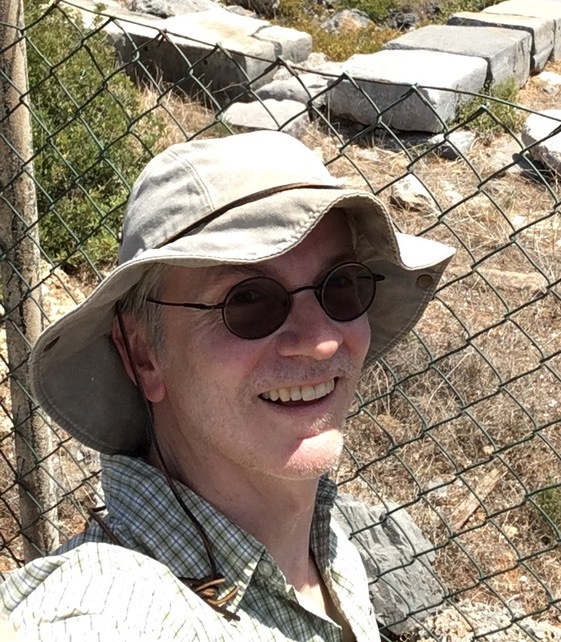Affiliation: Brock University

R. Angus K. Smith is Associate Professor of Greek Archaeology with the Classics Department of Brock University; he holds his degrees from Dartmouth College, Cambridge University (MPhil), and Bryn Mawr College (MA, PhD). His research interests are Greek archaeology, Aegean prehistory, ceramic analysis, and mortuary analysis, he is currently Associate Director of excavations at the Minoan town of Gournia on Crete, and he was Co-Director of the recently completed Ayia Sotira excavation project at Nemea. Professor Smith is the 2018 recipient of the Brock University Faculty of Humanities Award for Excellence in Research and Creative Activity.
In this paper I will present the evidence for rituals surrounding death and burial in the Bronze Age town of Gournia on the northern coast of eastern Crete. While Gournia is best known for its Late Bronze Age settlement and palace, excavated in the early 20th century by Harriet Boyd, its origins extend back at least to the Early Bronze Age (c. 2700 BCE). In addition, although the town and palace were destroyed at the end of the Neopalatial Period (c. 1450 BCE), along with most of the other palaces of Minoan Crete, it was reoccupied after this destruction for another century or two (until c. 1200 BCE), possibly by Mycenaean settlers. The evidence for death and burial during these 2000 or so years of settlement is variable, and this is due both to changes in mortuary traditions over time and changes in modern archaeological methods over the past century. Following a quick survey of Prepalatial and Protopalatial mortuary traditions at Gournia, I will concentrate on Neopalatial and Postpalatial burials, the evidence for which comes primarily from excavations dating back to the early 20th century. By examining these and putting them into the context of more modern archaeological methods and more recently excavated mortuary contexts, the paper will reveal not only how people died in a Late Bronze Age town, but also how modern archaeological perceptions of death have changed during the past century.
Short bibliography and/or website on lecture topic: